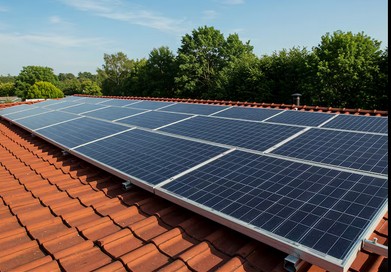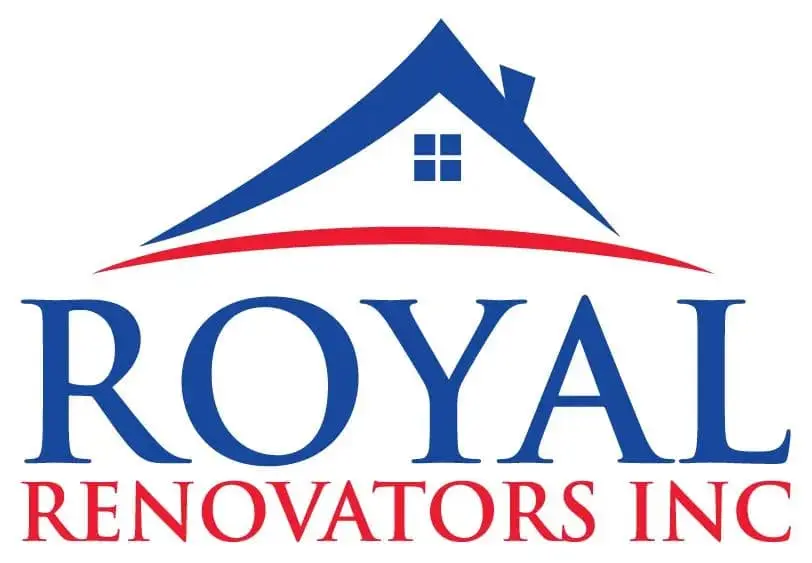Combining Flat Roofs With Solar Panels

Thinking about adding solar panels to your flat roof? Wondering if it will boost your building’s value or create a leak-filled headache?? Combining photovoltaics with a flat roof is a smart, space-efficient way to generate clean energy but it’s not as simple as laying panels on the surface and walking away. From structural checks and mounting choices to waterproofing, wind uplift and warranties, this guide walks you through the practical steps and pitfalls, and why an Expert roofer should be part of your team from day one.
Why flat roofs often make sense for solar
Flat roofs offer unobstructed space and design flexibility, making them ideal for solar installations. Panels can be tilted for optimal sun exposure, arranged in rows to reduce shading, and spaced to maintain clear service paths for advantages harder to achieve on steeply pitched roofs. This adaptability allows for efficient layouts and easier maintenance access. However, it also introduces important design considerations, such as managing weight distribution, ensuring proper drainage, choosing appropriate ballast, and protecting the roof membrane. With careful planning, flat roofs can maximize both energy output and system longevity, providing an excellent foundation for well-designed solar projects.
Start with a thorough roof and structural assessment
Before buying panels, get a professional roof inspection and a structural review. Photovoltaic arrays, racking and (if used) ballast add dead load to the roof; building codes explicitly require that PV loads be considered in structural design. If your membrane is at or near the end of its life, replacing it before installing solar will save money and headaches later. In short: don’t put panels on a roof that will need replacement within a few years.
Understand mounting strategies: ballasted vs. penetrative
Two main approaches are used on flat roofs: ballasted (gravity-held) systems and mechanically attached (penetrative) systems. Ballasted racks avoid puncturing the membrane by using heavy blocks to resist wind uplift, making them attractive for preserving waterproofing. Penetrative mounts are fastened to the structure and flashed to create durable seals—but they introduce potential leak points if not detailed correctly. The right choice depends on wind exposure, roof age, membrane type, warranty constraints and local code.
Know the loads: panels and racking weight matters
Solar modules and racking typically add only a few pounds per square foot (many sources estimate roughly 2–4 lb/ft², though large commercial modules and ballasted systems can raise that figure). Even so, that load combined with snow, people, and ballast can change your roof’s design requirements—so have an engineer or experienced installer confirm suitability. Properly balancing weight and accounting for live and snow loads helps prevent sagging and structural stress.
Protect the membrane: flashing, underlayments, and access routes
Whether you use ballast or penetrations, protect the waterproofing. Penetrations must be flashed expertly and tested; ballasted arrays need protective pads or sacrificial underlayments to prevent abrasion and point-loading damage. Also design safe access routes so technicians can reach inverters, combiner boxes and drains without stepping across sensitive areas. Thoughtful routing preserves both PV performance and roof lifespan.
Wind uplift, engineering, and local codes
Flat-roof arrays are subject to wind uplift and local code requirements. Tilted panels can behave like sails if not properly counterbalanced or anchored. Wind engineering (and sometimes wind-tunnel or code-driven calculations) helps determine ballast amounts, spacing and attachment strategies required to meet safety margins in your jurisdiction. Engaging a qualified team ensures the system won’t become a hazard in high winds.
Don’t forget warranties and insurance
Installing PV can affect roofing warranties and insurance coverage. Some manufacturers restrict warranties if panels are mounted directly on their membranes unless specific products or detailing are used. Coordinate with your roofing manufacturer, your Expert roofer, the solar vendor, and your insurer early to avoid voided coverage or surprise requirements. A coordinated approach prevents expensive retrofits later.
Maintenance: plan for dual-system upkeep
Solar arrays and roofs both need periodic attention. Follow best-practice O&M schedules for PV (cleaning, electrical checks, performance monitoring) and combine them with roof inspections (drain clearing, membrane checks, ballast condition). The National Renewable Energy Laboratory and industry groups recommend regular, documented maintenance to protect performance and warranty claims—build a plan that covers both systems together.
Smart integrations and added benefits
With careful design, solar can be integrated with green roofs, rooftop HVAC screening, or rainwater systems for multi-functional benefits—reduced heat gain, stormwater retention and renewable energy from the same footprint. These hybrids require extra engineering (weight, irrigation, root barriers) but can deliver strong sustainability returns and improved building comfort.
Common pitfalls and how to avoid them
- Installing on an old membrane that needs replacement soon. (Replace first.)
- Failing to account for ballast or snow loads when sizing structural members.
- Neglecting proper flashing and membrane protection with penetrative mounts.
- Skipping coordination with the roofing manufacturer or insurer.
- Forgetting access routes for maintenance—leading to technicians walking over sensitive areas.
Avoid these by including an Expert roofer and a structural engineer in planning, and by selecting a solar installer experienced with flat-roof systems.
Choosing the right team
A successful flat-roof solar project is a team sport. Your ideal crew includes a licensed solar installer, a structural engineer, and an Expert roofer who understands membranes, detailing, and code implications. Early collaboration eliminates conflicts between roof warranties and PV attachments, optimizes layout for production, and keeps long-term maintenance practical.
Ready to add solar without risking your roof? Schedule a coordinated inspection with an Expert roofer at 118-35 Queens Blvd Forest Hills, NY 11375 (718) 414-6067 https://www.nycrenovators.com today. They’ll assess roof health, verify structural capacity, and help you build a safe, code-compliant plan that maximizes energy production while protecting your investment.
